Last year 2022 gave us a lot of exciting events in space — from the live asteroid impact to the long-awaited flight of the Orion spacecraft. But life does not stand still. The year 2023 will also be filled with a bulk of exciting space events. So, it’s time to talk about what awaits us in the near future.
Starship orbital flight
On our list of the most anticipated space events of 2022, the first orbital flight of the Starship occupied one of the top positions. But a year passed, and the ship never flew anywhere. This is partly due to the need to overcome the bureaucratic procedures that were required to obtain a launch permit. The other reason of delay was SpaceX’s decision to make significant changes to the design of the Super Heavy spacecraft and booster. Because of it, the prototypes that were originally supposed to take part in the test will definitely stay on Earth.

In this regard, the proper question is: will the situation repeat itself this year? Of course, given the complexity and ambition of the project, we cannot give a 100% guarantee of flight. But still, it would be reasonable to assume that SpaceX will have to be launched sometime in 2023. The future of the company directly depends on how quickly Starship will be put into operation. And in order to achieve this, SpaceX needs to test it as soon as possible in real flight conditions, which will allow to evaluate the effectiveness of the decisions made and adjust the design if necessary. So the odds that we’ll finally see Starship in action in 2023 are very, very high.
The first private spacewalk
The commissioning of the Crew Dragon spacecraft made it possible to organize the first private manned missions in history. Billionaire Jared Isaacman became a pioneer. In September 2021, he and three other crew members made a three-day orbital flight.
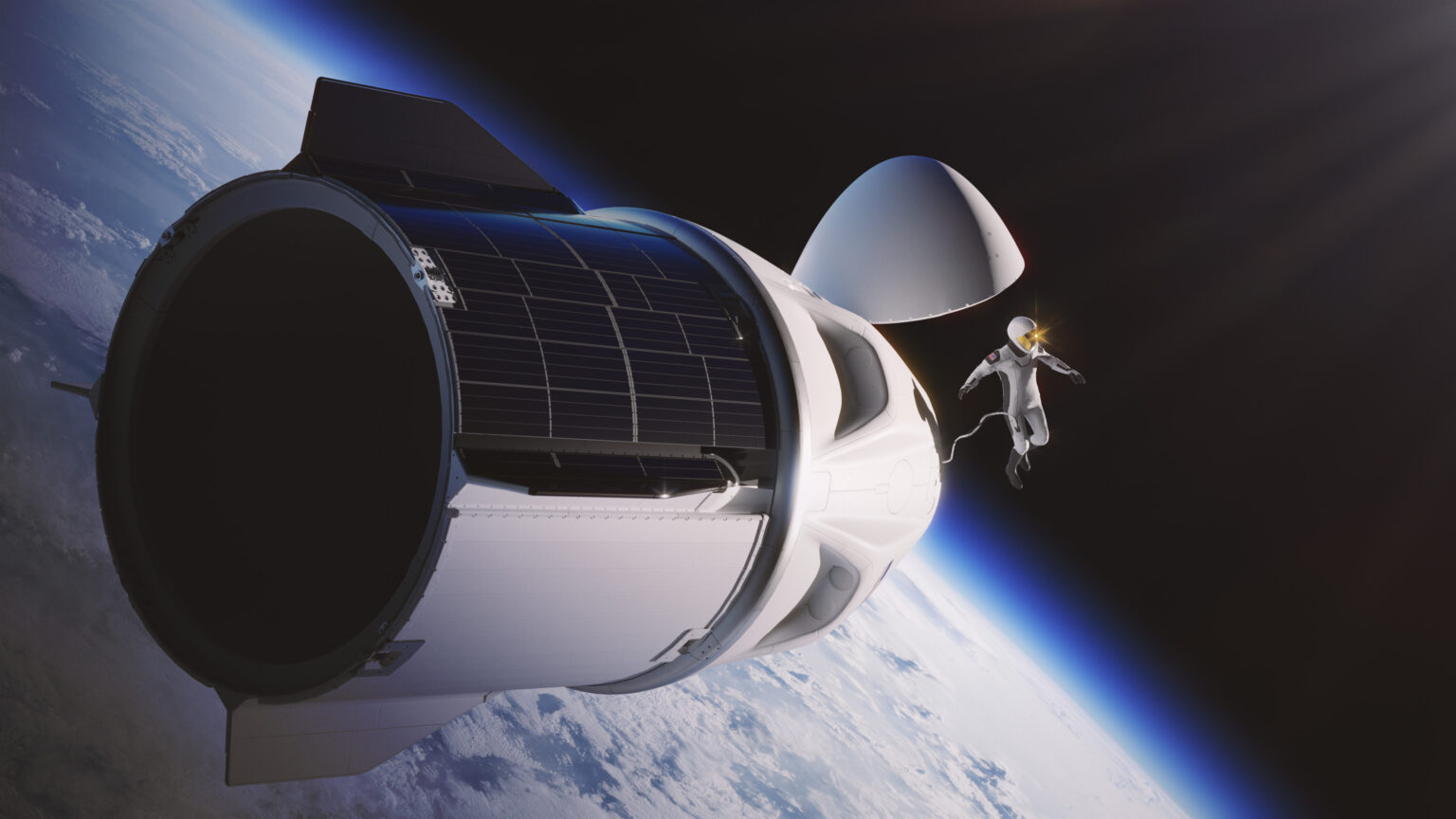
Isaacman decided not to stop there and announced Polaris, the first-ever private manned research program, which is planned to consist of three manned flights into space at least.
The first mission under the program was called Polaris Dawn. While performing it Crew Dragon will send four private astronauts farther from our planet than any other mission in the last 50 years. Its orbit will be so high that the ship will even cross parts of the Earth’s radiation belts. The main goal of the mission is to study the impact of increased radiation levels on the health of astronauts.
In addition, the first ever private spacewalk will take place during the flight. The operation will be performed at an altitude of 500 km, which is comparable to the height of the Hubble telescope’s orbit. Tests of the laser communication system being developed by SpaceX are also planned. At this time, the launch of the Polaris Dawn mission is scheduled for March 2023.
Launching the JUICE probe
2023 is set to be a big year for the European Space Agency. In the spring, it will launch JUICE, the most expensive and ambitious interplanetary mission in its history.

JUICE‘s main objectives will be Jupiter’s three largest icy moons — Europa, Ganymede, and Callisto. According to scientists, oceans of liquid water are hidden under their surface. JUICE will study these worlds and assess their potential habitability.
JUICE is scheduled to launch in April 2023. Since the Ariane 5 launch vehicle is not powerful enough to send the probe directly to Jupiter, it will need to perform a series of gravitational maneuvers around Venus, Earth and the Moon for acceleration.
JUICE will reach the Jupiter system in July 2031. In total, the device will have to perform two close flybys of Europa, twelve flybys of Callisto, and twelve flybys of Ganymede. In December 2034, JUICE will settle into a permanent 500-kilometer orbit around Ganymede. The flight program envisages studying the satellite until the end of 2035, after which JUICE will fall on its icy surface.
The first manned flight of the Starliner
In May 2022, Boeing managed to perform a repeated unmanned test of the CST-100 Startliner spacecraft. It was not without some challenges, but in general, NASA appreciated the flight as a success. This made it possible to begin preparations for the first manned Starliner mission.
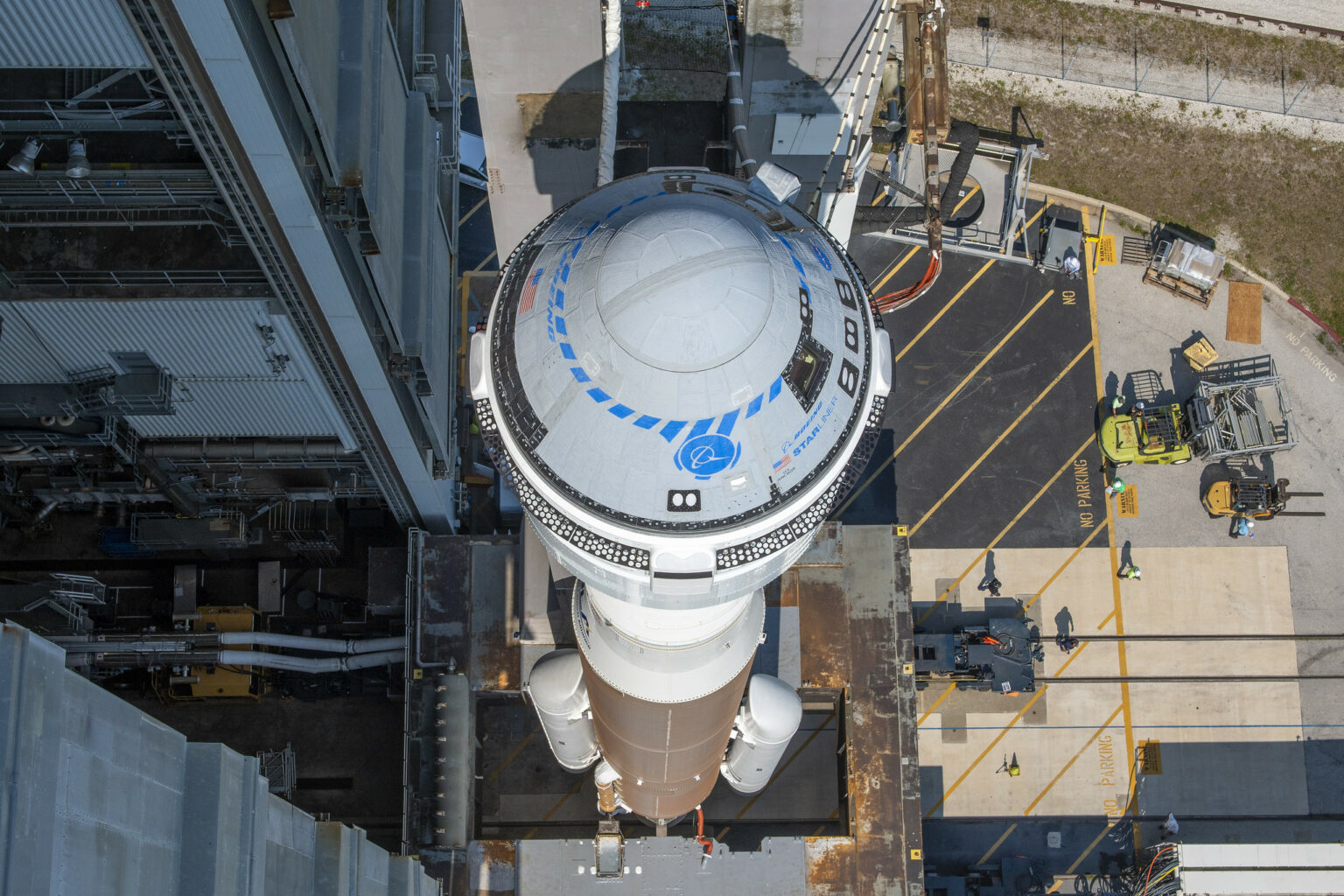
Currently, the Starliner manned flight is scheduled for April 2023. It has to deliver two NASA astronauts Barry Wilmore and Sunita Williams to the ISS. The ship will spend eight days in the orbital complex, after which it will return to Earth. The successful completion of the flight will pave the way for the regular use of the Starliner in ISS crew rotation missions.
Rocket Lab’s mission to Venus
2023 will be an important year for Rocket Lab as well. First, the company is going to repeat the attempt to return the stage of the Electron rocket using a helicopter. And secondly, it plans to launch the first ever private mission to Venus. Its objective is to study the upper layers of the Venusian atmosphere in order to search for signs of its habitability.
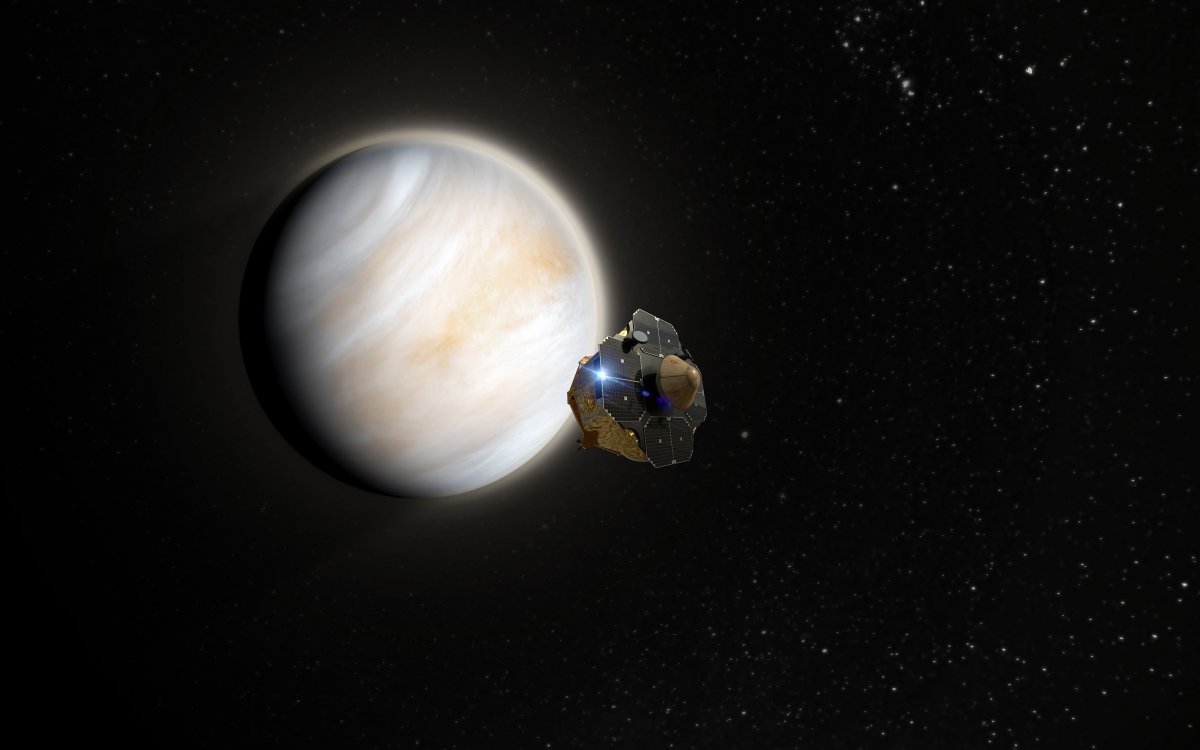
The launch of the automatic scout is planned for May 2023. If all goes well, it will reach Venus in October of that same year. The probe will enter the atmosphere and study its composition in the altitude range between 60 and 45 km. Landing on the surface of the planet is not planned.
The first private landing on the Moon
In April 2023, the Hakuto-R device, built by the Japanese company iSpace, will attempt to land on the Moon in the area of the Atlas crater. If successful, it will be the first private vehicle in history to accomplish this task. It should also not be forgotten that the first Arab rover Rashid is on board.
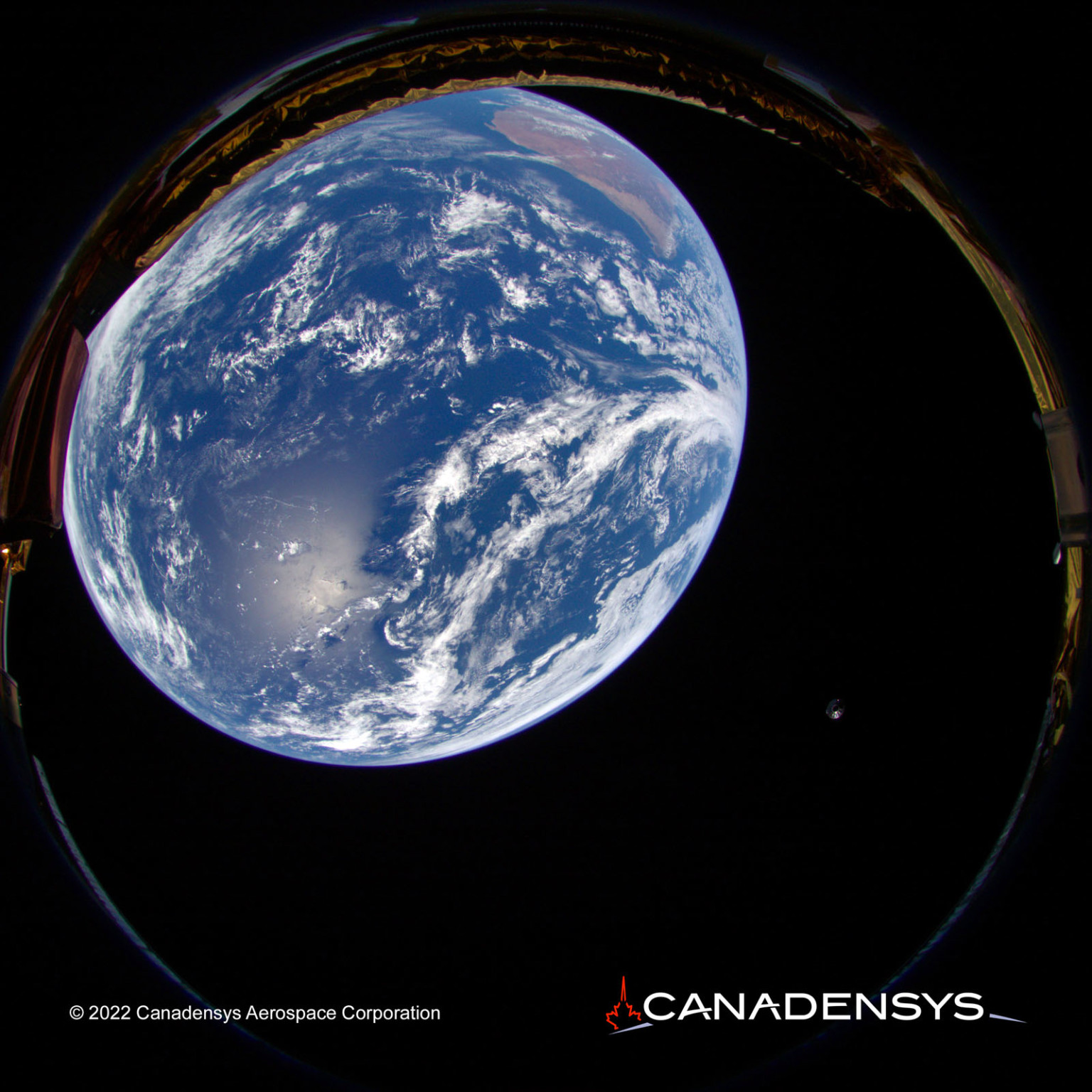
A picture of the Earth from the Japanese apparatus Hakuto-R. Source: iSpace
But even if Hakuto-R fails, we will witness at least two more private attempts to land on the Moon. They will be made by probes built by Astrobotic and Intuitive Machines. Their launch is planned for the first quarter of 2023. And as soon as summer, the implementation of the Chandrayaan-3 mission is expected, which includes a new India`s attempt to land its rover on the Moon.
Delivery of Bennu asteroid samples to Earth
One of the most anticipated space events of the year will take place on September 24. If all goes well, the OSIRIS-REx probe’s capsule will land at the test site in Utah that day. It contains soil samples from asteroid Bennu.
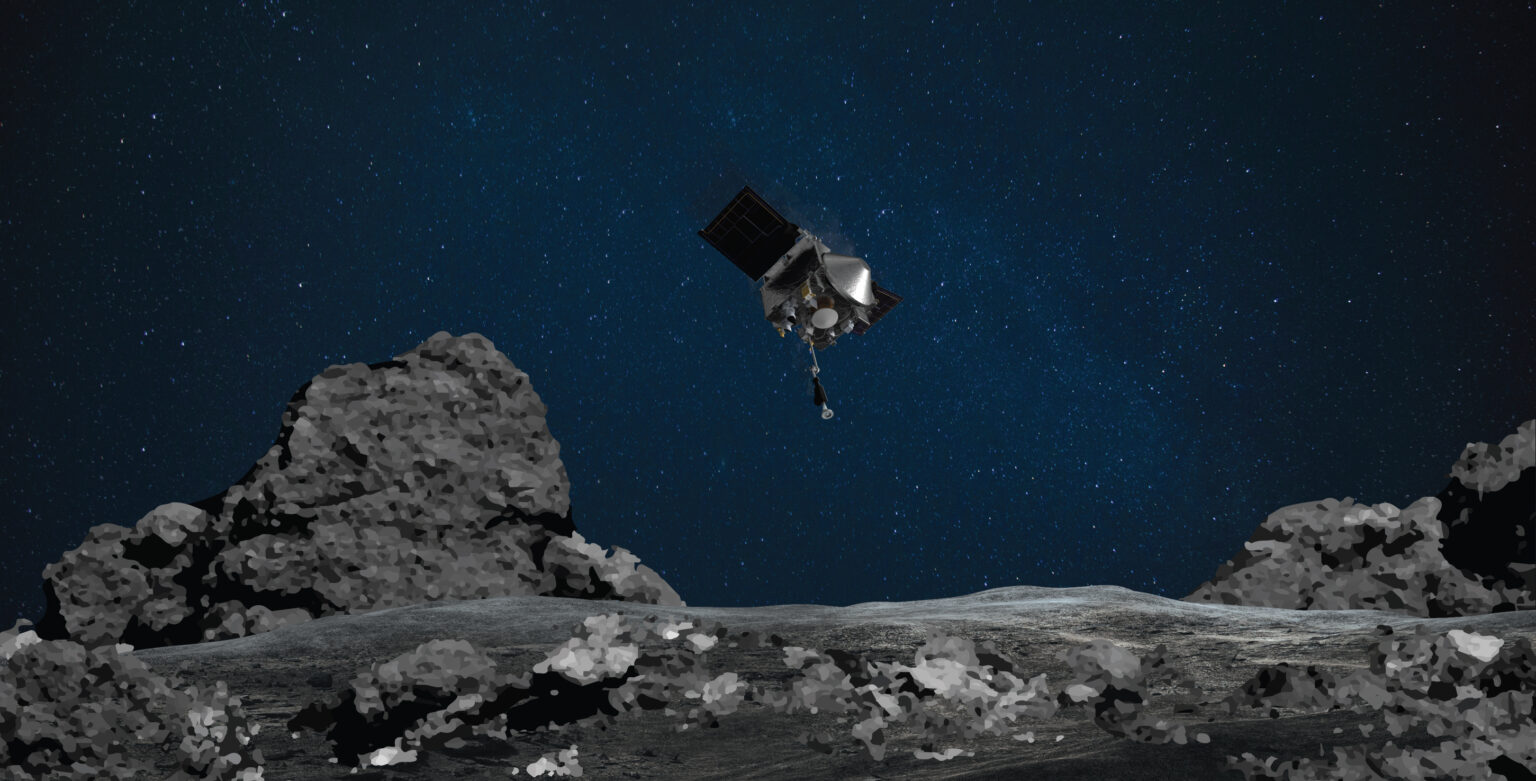
Scientists are looking forward to the opportunity to analyze them and compare them with samples of the Ryugu asteroid previously brought to Earth by the Japanese Hayabusa-2 probe. As for OSIRIS-Rex itself, after shedding its capsule, it will begin an extended mission culminating in a flyby of asteroid Apophis in 2029.
Launching the Psyche device
Initially, the launch of the Psyche mission was planned for the fall of 2022. However, due to the unreadiness of the ground simulator of the device, it was postponed for one year. This created a number of problems. So, NASA had to remove the way cargo consisting of two Janus probes. There are simply no objectives left for them to reach during the new ballistic window.
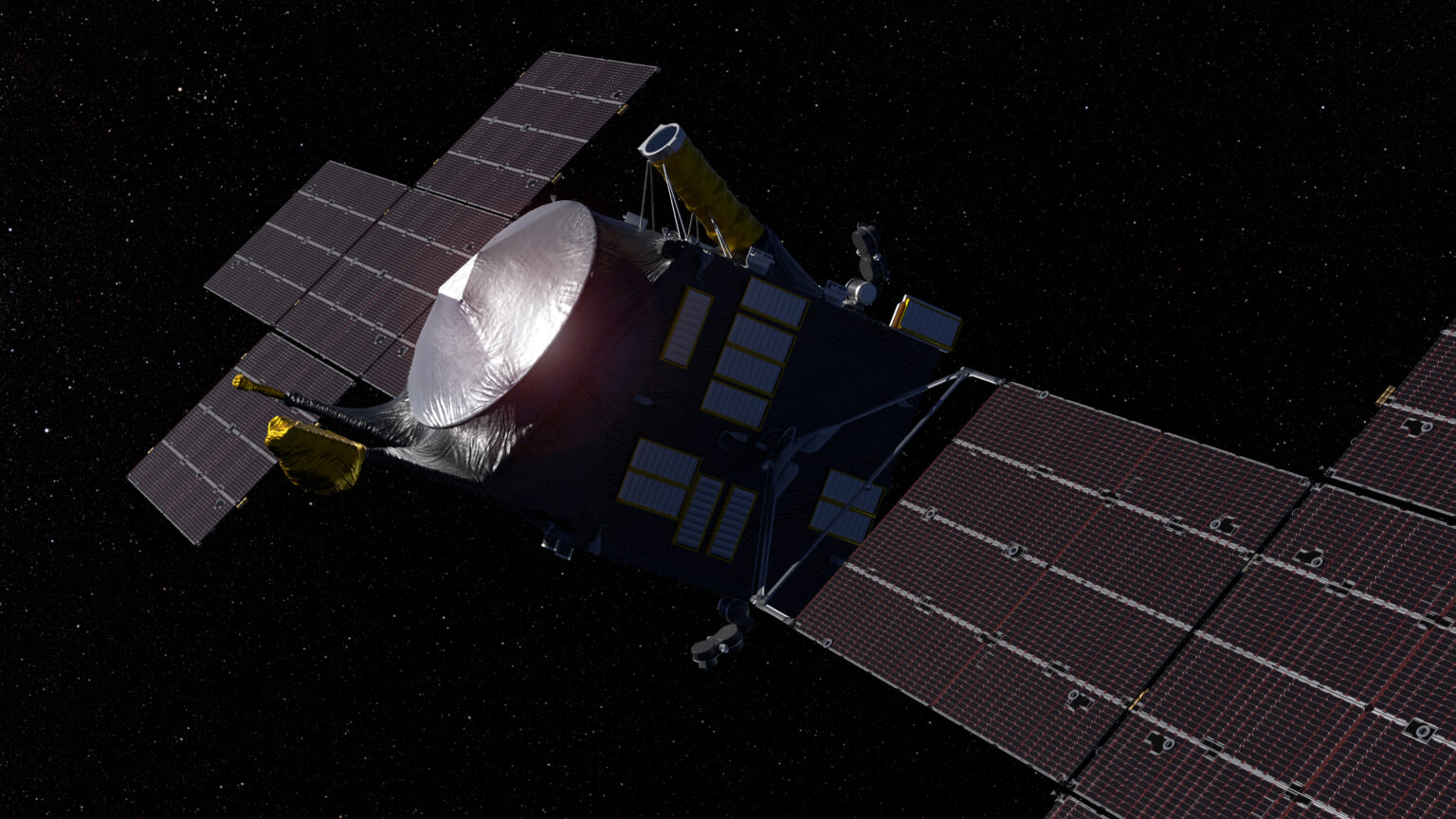
However, it’s better late than never. Psyche will be launched in October 2023 using a Falcon Heavy rocket. In 2026, the device will make a gravitational maneuver on the outskirts of Mars. As a result it will arrive to the metallic asteroid Psyche in August 2029 — 3.5 years later than the original flight plan envisioned.
The main objective of the mission is to establish the origin of Psyche. Presumably, it is a fragment of a dead protoplanet. But whether it is true or not will become clear only after Psyche begins to study this very unusual body.
Debuts of new launch vehicles
The year 2023 in astronautics will be marked by a gradual change of generations. The Atlas V and Ariane 5, which have been in service for a long time and have been proven reliable heavy carriers, will be replaced by new rockets — Vulcan and Ariane 6. The debut flight of the Vulcan is scheduled for the first quarter of 2023. The first flight of Ariane 6 is still scheduled for the end of the year. Also in 2023, a test launch of the New Glenn rocket, which is created by the Blue Origin company, may take place. However, with a high probability, it will be postponed to 2024.
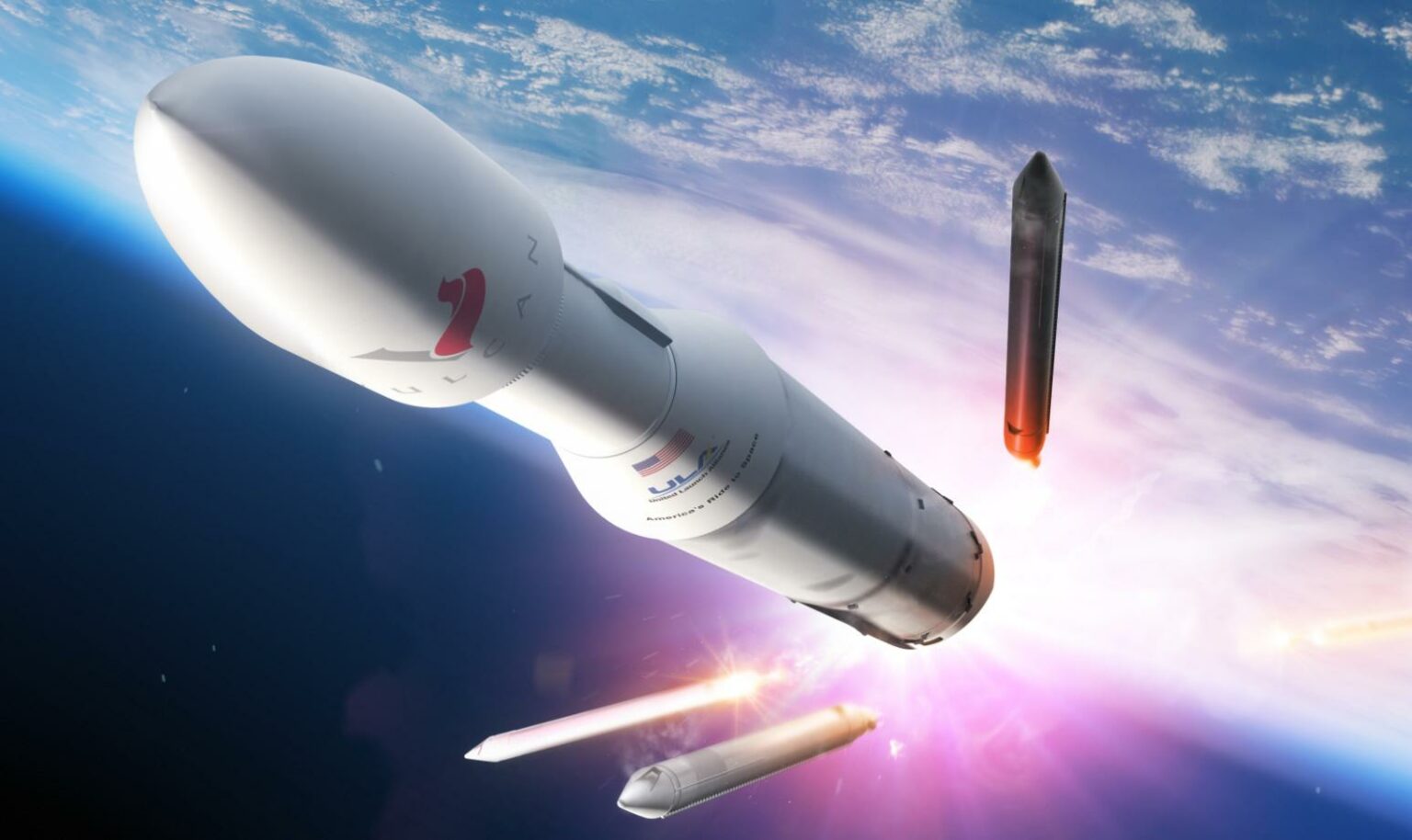
A lot of interesting things will happen in the market of light rockets as well. One of the most anticipated events in this field is the first launch of the Terran 1 rocket. It is almost entirely 3D printed. The company Relativity Space, which created it, claims that such an innovation allows you to radically speed up the process of building rockets, which, in turn, significantly reduces their cost.
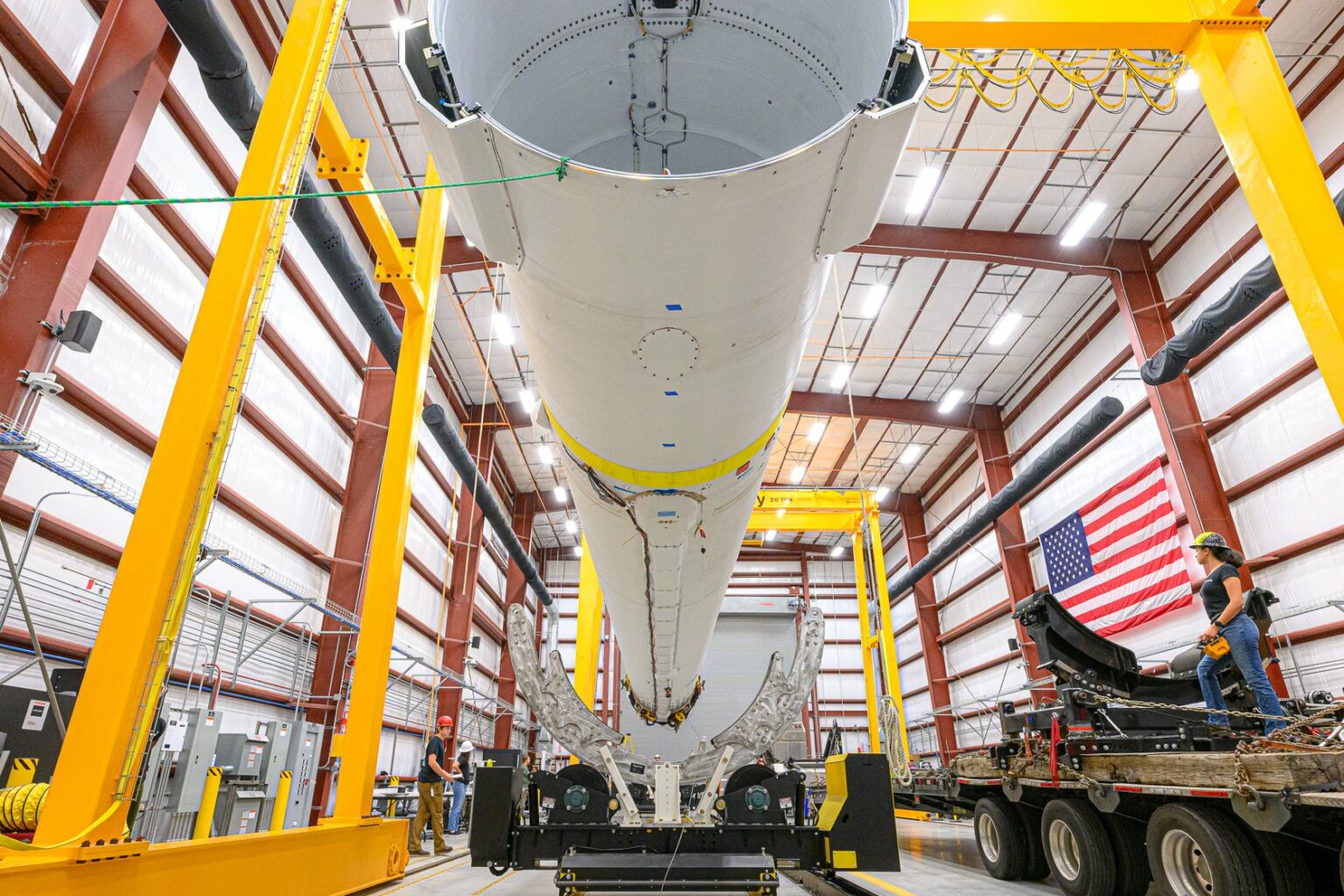
The first orbital launches of European startups Skyrora, RAF, Orbital Express and Isar Aerospace are also planned for the end of 2023. Of course, since rocket building is not the easiest task, to put it mildly, we have no guarantee that these companies will be able to meet the announced deadlines and that the launches will not be postponed to next year. However, who knows? Perhaps one of them will really succeed in transcending the earthly sky as early as 2023.
Meeting with Io
At the end of 2023, one very interesting event awaits us. On December 30, the Juno probe will make a close flyby of Io.

Io is a moon of Jupiter that is known for its volcanic activity that never stops. There are hundreds of volcanoes on its surface that are constantly erupting reshaping its surface. The last time we saw Io up close was more than two decades ago, when it was visited by the Galileo probe. So it’s no surprise that scientists are looking forward to Juno’s upcoming visit to that celestial body and are resolute to get the most out of the upcoming encounter.
It’s worth noting that engineers use Io’s gravity to change Juno’s orbit. This will allow the device to make another flyby of the satellite, scheduled for February 2024.

